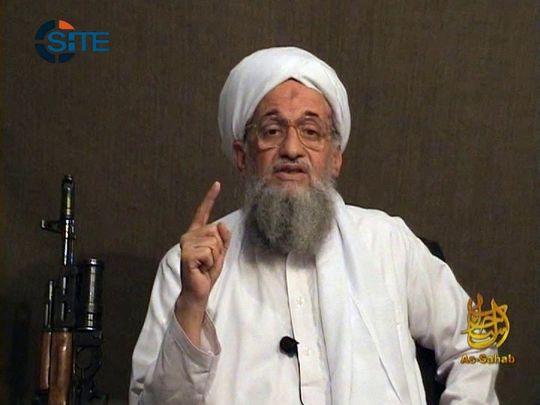
Ayman Al Zawahri, the Amir (commander-in-chief) of Al Qaeda and one of the world’s most wanted men was killed in a US drone strike in Kabul, Afghanistan, over the weekend. He was 71 and alongside the group’s founder, Osama Bin Laden, oversaw the attacks of Sept. 11, 2001, US President Joe Biden announced Monday evening.
When US forces withdrew from Afghanistan in August 2021, US had noted that it would retain the capability for “over-the-horizon” attacks from elsewhere on terrorist forces inside Afghanistan. The attack against Al Zawahri is the first known major counterterrorism strike there since the withdrawal.
Speaking in a live television address from the White House, Biden announced that days ago he had authorised a strike to kill Al Zawahri. “Justice has been delivered, and this terrorist leader is no more,” the US President said.
In the last few months American intelligence had grown increasingly confident that Al Zawahri was at the Kabul house. As they did in the case of Bin Laden, intelligence officials used different sources and methods to build a so-called pattern of life that confirmed his presence, Washington Post reported, citing top security officials.
Once Al Zawahri arrived at the location, American officials were never aware of him leaving, and he was observed for sustained periods on the balcony where he was ultimately struck.

As per reports two top aides to Biden — Jonathan Finer, his deputy national security adviser, and Elizabeth Sherwood-Randall, his homeland security adviser — were first briefed on the intelligence in April. Later other officials were brought in, including Jake Sullivan, the national security adviser, who briefed the president.
There was no collateral damage in the high profile strike. Al Zawahri’s wife and other family members who were around, were not harmed in the R9X Hellfire ‘ninja’ missile strike. The US is learnt to have used a specially designed missile for pinpoint airstrike with no explosion for the op. Modified Hellfire missiles carry an inert warhead and are designed to plunge more than 100 pounds of metal to kill its target with pinpoint accuracy without harming individuals and property close by.
On July 1, 2022 William J. Burns, the CIA director; Avril D. Haines, the director of national intelligence; Christine Abizaid, the director of the National Counterterrorism Centre; and other officials discussed the planned operation with Biden. They showed the president a model of the house Al Zawahri was staying in, and Biden asked questions about weather, construction materials, risk to civilians and other factors that could influence the success of the operation, per US official.
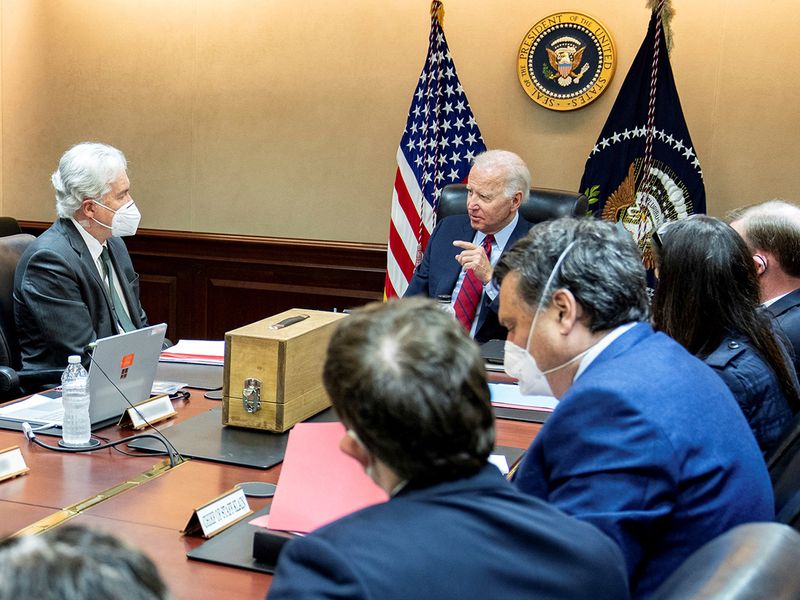
The secret operation
At sunrise on Sunday a drone fired two Hellfire missiles at Al Zawahri as he stepped onto the balcony of a safe house in Kabul, where he had been living with members of his family, US officials noted.
A blast was heard in the Shirpur neighbourhood in central Kabul. The intelligence community had tracked Al Zawahri to the safe house and spent months confirming his identity and tracking his movements and behaviour, the official said. “The United States continues to demonstrate its resolve and capacity to defend Americans from those who seek to do it harm,” Biden said, making it “clear again [that] no matter how long it takes, no matter how you hide ... the United States will find you and seek you out.”
There was no collateral damage in the high profile strike. Al Zawahri’s wife and other family members who were around, were not harmed in the R9X Hellfire ‘ninja’ missile strike. The US is learnt to have used a specially designed missile for pinpoint airstrike with no explosion for the op. Modified Hellfire missiles carry an inert warhead and are designed to plunge more than 100 pounds of metal to kill its target with pinpoint accuracy without harming individuals and property close by.
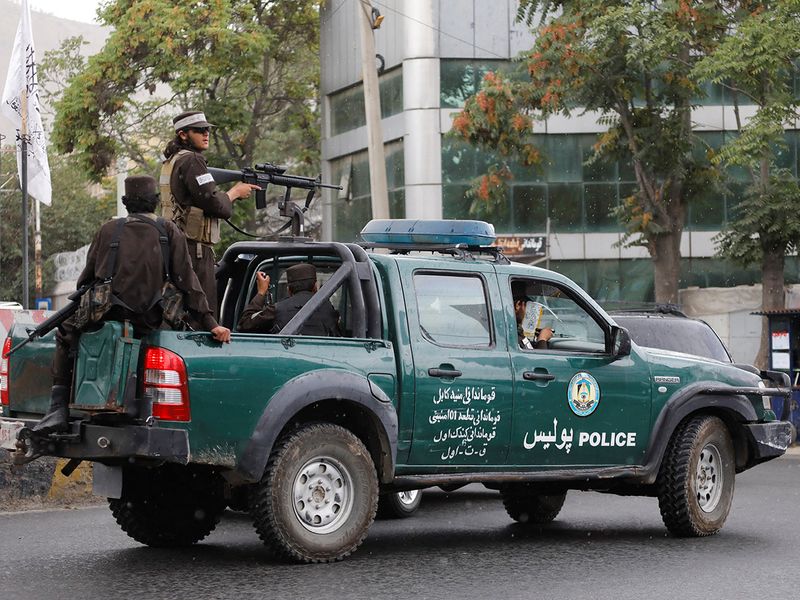
Zabihullah Mujahid, the chief Taliban spokesman, confirmed the drone strike, saying it had been “carried out by US unmanned planes” and had “struck a residential house in the Shirpur area of Kabul,” a high-security residential district where many senior Taliban figures live.
In a tweet and an online statement in Afghan Pashto, Mujahid said the Taliban government “strongly condemned the attack,” terming it a “violation of international norms and the Doha peace deal.”
Al Qaeda’s grim legacy
Al Zawahri, whose face was familiar to millions from his videotaped diatribes against the West, played an important role in turning Al Qaeda into a more lethal and ambitious terrorism organisation, according to many of the investigators who hunted its leadership for decades. By merging his own organisation Egyptian Islamic Jihad (EIJ), with Bin Laden’s, the group became a far more dangerous and global terrorism group, analysts said.
But with much of the group’s original leadership captured or killed, Al Zawahri remained perhaps the most visible reminder of al-Qaida’s grim legacy.
In a report issued last month, UN analysts said Al Zawahri had been “confirmed to be alive and communicating freely,” with “regular video messages that provided almost current proof of life.” It noted that his “increased comfort and ability to communicate” coincided with last year’s Taliban takeover of Afghanistan.
Al Qaeda “probably will gauge its ability to operate in Afghanistan under Taliban restrictions and will focus on maintaining its safe haven before seeking to conduct or support external operations from Afghanistan,” US Office of the Director of National Intelligence assessed this year.
(With additional inputs from agencies)
Profile
The early-morning strike in the heart of downtown Kabul over the weekend capped a 21-year global manhunt for the Al Qaeda ideologue who more than anyone besides Osama Bin Laden was deemed responsible for the deadliest attack on the United States in modern times.
Ayman Al Zawahri — Al Qaida’s Amir (head)-- and previously the number 2 to Osama Bin Laden was the brains and the intellectual bedrock that guided the world’s most notorious terrorist movement.
Al Zawahri was widely believed to have pioneered a brand of terrorism that prized spectacular attacks and ideological conviction. When he formally merged his group with Al Qaeda in the 1990s, he brought along those tactics as well as an expanded vision for attacking the West.
Though lacking Bin Laden’s charisma, Al Zawahri became the intellectual force behind many of Al Qaeda’s grandest ambitions, including its apparently unsuccessful efforts to acquire biological weapons. And, after the group’s forced retreat from its base in Afghanistan in early 2002, it was largely Al Zawahri who led Al Qaeda’s resurgence in the tribal region across the Afghan-Pakistan border, according to longtime geopolitical observers.
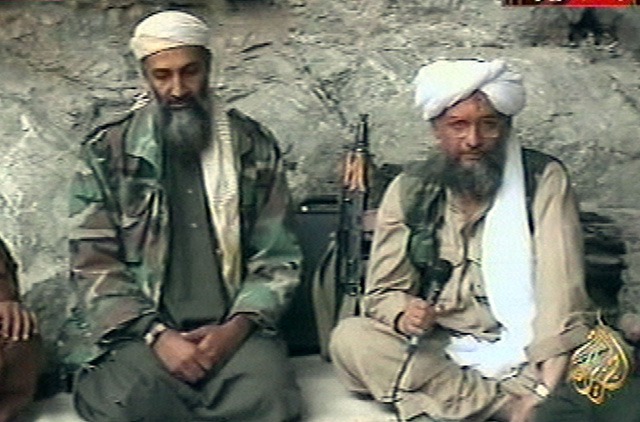
Prestigious upbringing
Al Zawahri’s path to becoming one of the world’s most recognised wanted men had an unlikely beginning in a well-to-do Cairo suburb that was home to many of Egypt’s most accomplished families. His father, Mohammed Rabie Al Zawahri, was a professor of pharmacology, and his maternal grandfather was a president of Cairo University.
An earnest, academically gifted youth, he was influenced early in life by one of his uncles, Mahfouz Azzam, and by the writings of Sayyid Qutb, an Egyptian intellectual who became one of the founders of 20th-century Islamist extremism.
Even as his political views hardened, Al Zawahri was pursuing a career in the healing arts, earn-ing a degree in medicine from the prestigious Cairo University and serving briefly as an army surgeon.
At the time of Al Qaeda’s first high-profile terrorist attacks, the 1998 bombings of US embassies in the capitals of Kenya and Tanzania that killed hundreds of people, Al Zawahri was with Bin Laden as his deputy. Three years later, working from Al Qaeda’s base in Afghanistan, he helped oversee the planning of what would become one of history’s most audacious terrorist attacks: the Sept. 11 strikes in New York and Washington.
Within weeks of the collapse of World Trade Center towers, a US-backed military campaign drove Al Qaeda’s Taliban allies out of power in Afghanistan.
Years on the run
Despite an intense manhunt, Al Zawahri continued to make regular appearances in videos posted on Al Qaeda-friendly websites. Publicly, he never wavered in his hatred for the West or his support for violence.
The death of Bin Laden in May 2011 thrust Al Zawahri into the No. 1 position, a role for which, in hindsight, he may not have been ideally suited. The man, with his dry, scholarly and cerebral style, failed to inspire the extremists. Al Zawahri did try to assert command over a patchwork of locally led terrorist groups fighting for dominance in Syria, Iraq and Libya, but failed.
By 2020, Al Zawahri had become increasingly distant, contenting himself to write books and only rarely appearing on video. In September 2021, a pro-Al Qaeda website released a new video in which the ageing Al Zawahri spoke for an hour and, as if to push back on rumours of his own death, making pointed references to recent news events.
Two years later, on July 31, 2022, an American drone tracked Ayman Al Zawahri down to a leafy, posh Kabul enclave and shot two hellfire missiles at the man — bringing the curtains on a turbulent life that, in the words of President Biden, brought ‘a trail of violence’ in its wake.
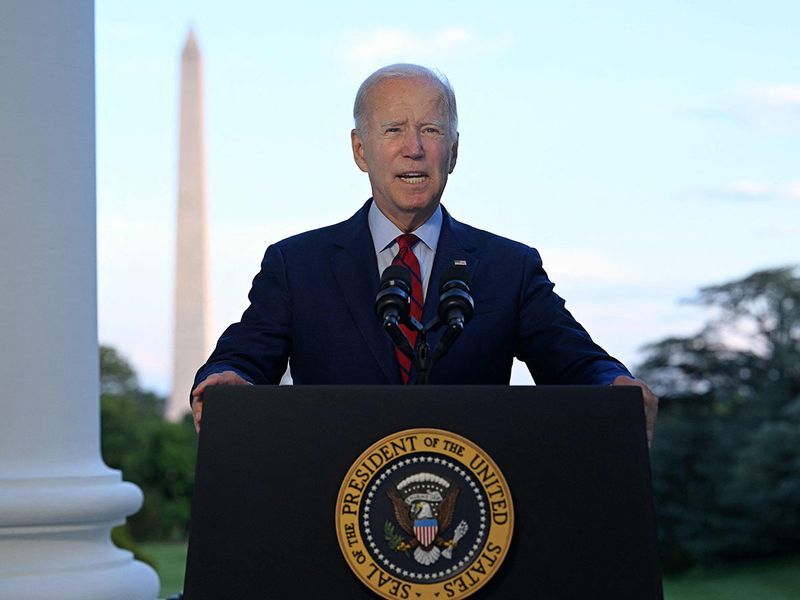
(With inputs from Reuters, Washington Post and Bloomberg)
World reactions
US President Joe Biden
“Now justice has been delivered, and this terrorist leader is no more. No matter how long it takes, no matter where you hide, if you are a threat to our people, the United States will find you and take you out.”
Saudi Arabia foreign ministry, cited by Saudi Press Agency (SPA)
“Al-Zawahiri is considered one of the leaders of terrorism that led the planning and execution of heinous terrorist operations in the United States and Saudi Arabia,” it said.
“Those terrorist operations killed thousands of innocent people of different nationalities and religions, including Saudi citizens,” said the statement.
Anwar Mohammed Gargash, Adviser to the UAE President
“The announcement of the killing of Al Qaida leader Ayman Al Zawahri, which coincides with the anniversary of the invasion of Kuwait on Aug. 2, is a chance for the region to think and reflect on the absurdity of extremism, terrorism and reckless military adventures and how all of this has torn the region’s fabric,” Dr. Gargash said in a tweet.
“Lessons are present, and hope is pinned on all the countries in the region to work together to ensure security and common develop-ment,” he added.
Canadian Prime Minister Justin Trudeau
“The death of Ayman Al Zawahiri is a step toward a safer world. Canada will keep working with our global partners to counter terrorist threats, promote peace and security, and keep people here at home and around the world safe.”
Former US President Barack Obama
“Tonight’s news is also proof that it’s possible to root out terrorism without being at war in Afghanistan. And I hope it provides a small measure of peace to the 9/11 families and everyone else who has suffered at the hands of al-Qaeda.”
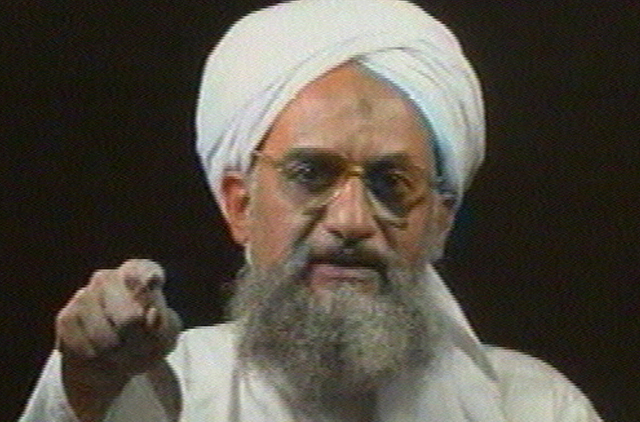
Timeline
• Born June 19, 1951, Egypt to a prominent family of surgeons and scholars
• Al Zawahri’s father was a noted academic and surgeon and his mother came from a politically influential clan
• He studied at Cairo University’s medical school, where he specialised in surgery
• Al Zawahri, along with four other secondary school students, helped form an “underground cell”
• He graduated in 1974 and served for three years as ophthalmic surgeon
• In 1980—81, he travelled as a relief worker to Afghan-Pakistan border where he treated refugees affected by the Afghan War
• After returning to Egypt, Zawahiri was arrested following the assassination of President Anwar Sadat in October 1981
• He was convicted of illegal arms possession and imprisoned for three years in Egypt
• In 1984, Zawahiri was released from prison
• During this period he became acquainted with Osama Bin Laden
• In 1988, Zawahiri was present at the founding of Al Qaeda
• In 1998, Zawahri and Bin Laden forged a formal alliance, and in June 2001 EIJ and Al Qaeda were merged
• Zawahri was closely affiliated with both the bombing of USS Cole in October 2000 and the attacks of Sep. 11
• Zawahri assumed formal leadership of Al Qaeda in June 2011, following Bin Laden’s killing
• $25 million bounty on Al Zawahri announced
• In September 2021, on the 20th anniversary of the 9/11 attacks, after a month of Taliban takeover in Afghanistan, a video of Al Zawahiri surfaced
• July 31, 2022 Al Zawahri was killed in a US drone attack in Kabul, Afghanistan
(Chronology complied by Tawfiq Nasrallah, Senior News Editor)








